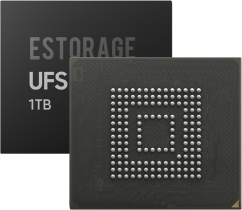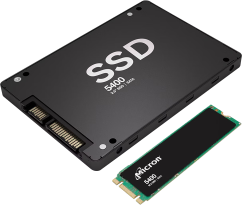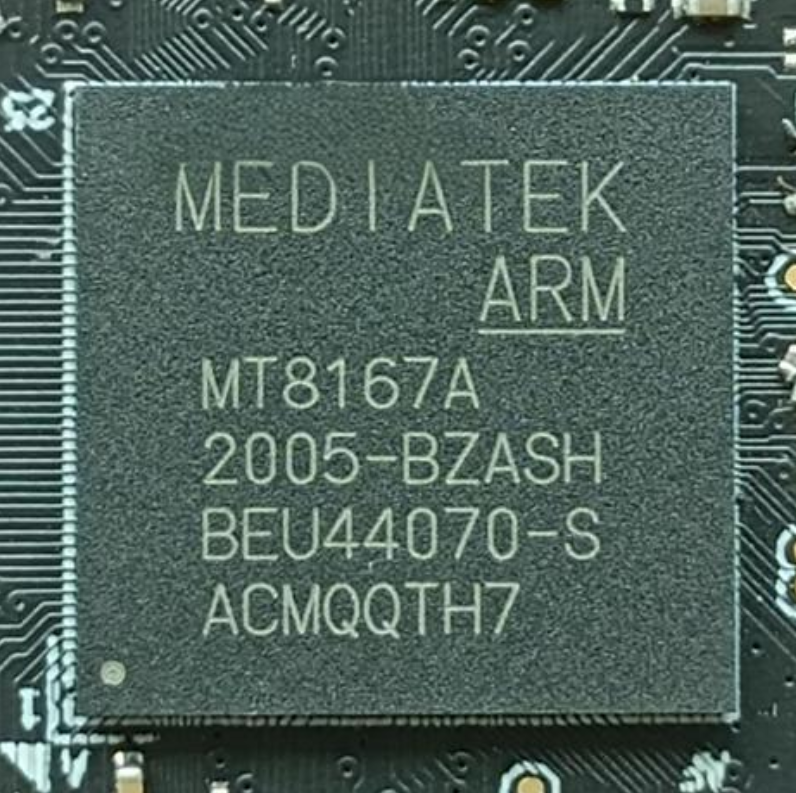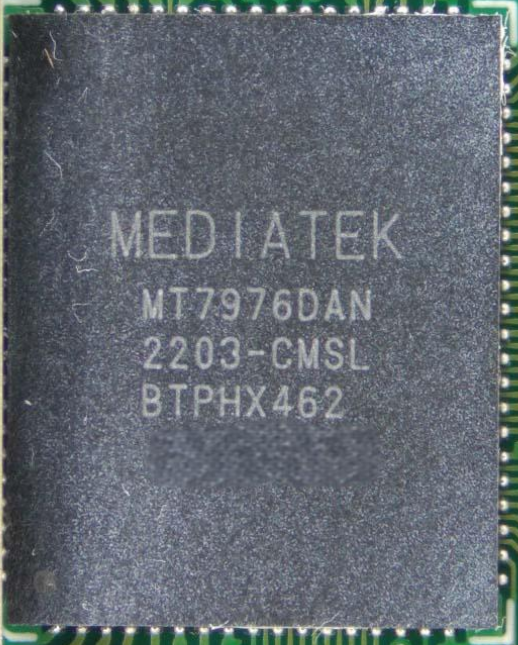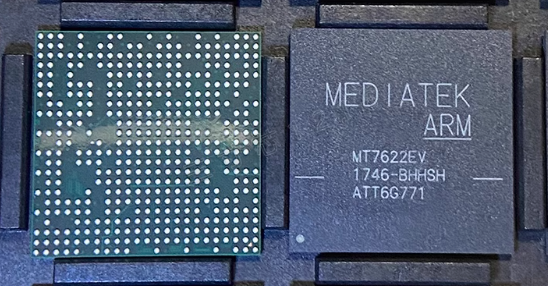Product Description
The MT7555N-BWSL is built to meet the increasing demands of modern home and office networking. As the first consumer devices begin to adopt Wi-Fi 6 technology, the MT7555N-BWSL is designed to provide next-generation Wi-Fi performance, supporting up to 1201 Mbps on the 5 GHz band and 574 Mbps on the 2.4 GHz band. The dual-band support ensures that the device can handle a variety of network tasks, from high-speed video streaming and gaming to basic web browsing and IoT device connectivity, with each device getting its own dedicated bandwidth.
One of the standout features of the MT7555N-BWSL is its Wi-Fi 6 (802.11ax) support. Wi-Fi 6 offers significant improvements over previous Wi-Fi generations, notably in data throughput, network efficiency, and capacity. With features like OFDMA and MU-MIMO, the MT7555N-BWSL enables multiple devices to transmit and receive data simultaneously without the usual bottlenecks. This is especially important in smart homes or offices, where many devices—such as smartphones, laptops, smart TVs, and IoT sensors—are all connected to the same Wi-Fi network. With OFDMA, the chip can efficiently allocate bandwidth to each device, ensuring that the network doesn’t slow down even when several devices are active.
In addition to these innovations, the MT7555N-BWSL also supports 160 MHz channel width on the 5 GHz band, which enables faster data transmission speeds for bandwidth-heavy applications like 4K video streaming, large file transfers, and online gaming. This allows the SoC to deliver higher throughput and lower latency, offering an improved experience for users who demand high-speed internet.
The beamforming technology integrated into the MT7555N-BWSL helps improve signal range and strength, ensuring that devices located farther from the router or access point still receive a strong, stable signal. This feature, combined with Target Wake Time (TWT), makes the MT7555N-BWSL ideal for battery-powered devices (such as smartphones, smart home sensors, and IoT devices), as it reduces power consumption while maintaining a reliable connection.
Security is another key focus of the MT7555N-BWSL, which supports WPA3 encryption for the latest in Wi-Fi security. This protocol offers better protection against brute-force attacks and provides enhanced encryption for devices, safeguarding personal data and sensitive network traffic. By offering backward compatibility with WPA2, it ensures that older devices can still connect securely while enabling future-proof security for newer devices.
With integrated Gigabit Ethernet ports, the MT7555N-BWSL ensures that users can also enjoy wired high-speed connections, especially useful for devices that require stable and fast internet, such as desktop PCs, gaming consoles, or smart TVs. The availability of Ethernet backhaul is crucial for advanced mesh Wi-Fi systems, where multiple access points communicate over wired connections to create a seamless wireless network.
Overall, the MediaTek MT7555N-BWSL is designed for high-performance Wi-Fi 6 (802.11ax) applications, delivering high throughput, low latency, robust security, and energy-efficient performance across multiple devices. Whether used in home routers, business networking, or mesh Wi-Fi systems, the MT7555N-BWSL ensures that users can enjoy a superior and reliable wireless experience, meeting the demands of modern connected devices and applications.
Specification
Wi-Fi Standard:
Wi-Fi 6 (802.11ax): Supports the latest Wi-Fi standard with features like OFDMA (Orthogonal Frequency Division Multiple Access) and MU-MIMO (Multi-User, Multiple Input, Multiple Output), enabling the efficient use of available bandwidth and supporting multiple devices simultaneously without congestion or significant loss of speed.
Frequency Bands:
2.4 GHz Band: Supports up to 574 Mbps maximum data rate.
5 GHz Band: Supports up to 1201 Mbps maximum data rate.
The MT7555N-BWSL provides dual-band Wi-Fi operation, enabling faster data throughput on the 5 GHz band (ideal for high-speed tasks like streaming and gaming) while maintaining compatibility with the more crowded 2.4 GHz band for longer-range, lower-speed applications like email and web browsing.
Channel Width:
2.4 GHz: Up to 40 MHz channel width.
5 GHz: Up to 160 MHz channel width.
The 160 MHz channel width support on the 5 GHz band allows for the highest possible data throughput, making it ideal for bandwidth-intensive tasks like 4K video streaming, online gaming, and file transfers.
Security:
WPA3: Supports the latest Wi-Fi security standard, WPA3, offering enhanced encryption and improved protection against brute-force attacks and other network security threats.
WPA2-PSK (also supported) for backward compatibility.
The MT7555N-BWSL provides robust Wi-Fi security features to safeguard both personal and commercial networks from unauthorized access, ensuring privacy and data integrity.
Processor and Memory:
CPU: ARM-based processing core optimized for Wi-Fi traffic management.
Memory: Supports LPDDR4 memory for enhanced data throughput and lower power consumption, ensuring smooth performance in demanding applications.
The chip’s ARM-based core allows efficient handling of network traffic, data encoding/decoding, and packet forwarding, optimizing the performance of broadband routers, mesh systems, and other Wi-Fi-based devices.
Ethernet:
Integrated Gigabit Ethernet ports for wired connections to devices such as PCs, TVs, and game consoles, ensuring high-speed data transfer for users who prefer a stable wired connection over Wi-Fi.
Ethernet support is essential for backhaul connections in mesh network setups, where stable wired links between access points are crucial for maintaining high-speed, uninterrupted service across large areas.
Additional Features:
Beamforming: The MT7555N-BWSL supports beamforming technology, which directs the Wi-Fi signal towards specific devices, improving signal strength and range.
TWT (Target Wake Time): A Wi-Fi 6 feature that allows for better power management in devices, reducing battery consumption in IoT devices and mobile gadgets while maintaining network connectivity.



